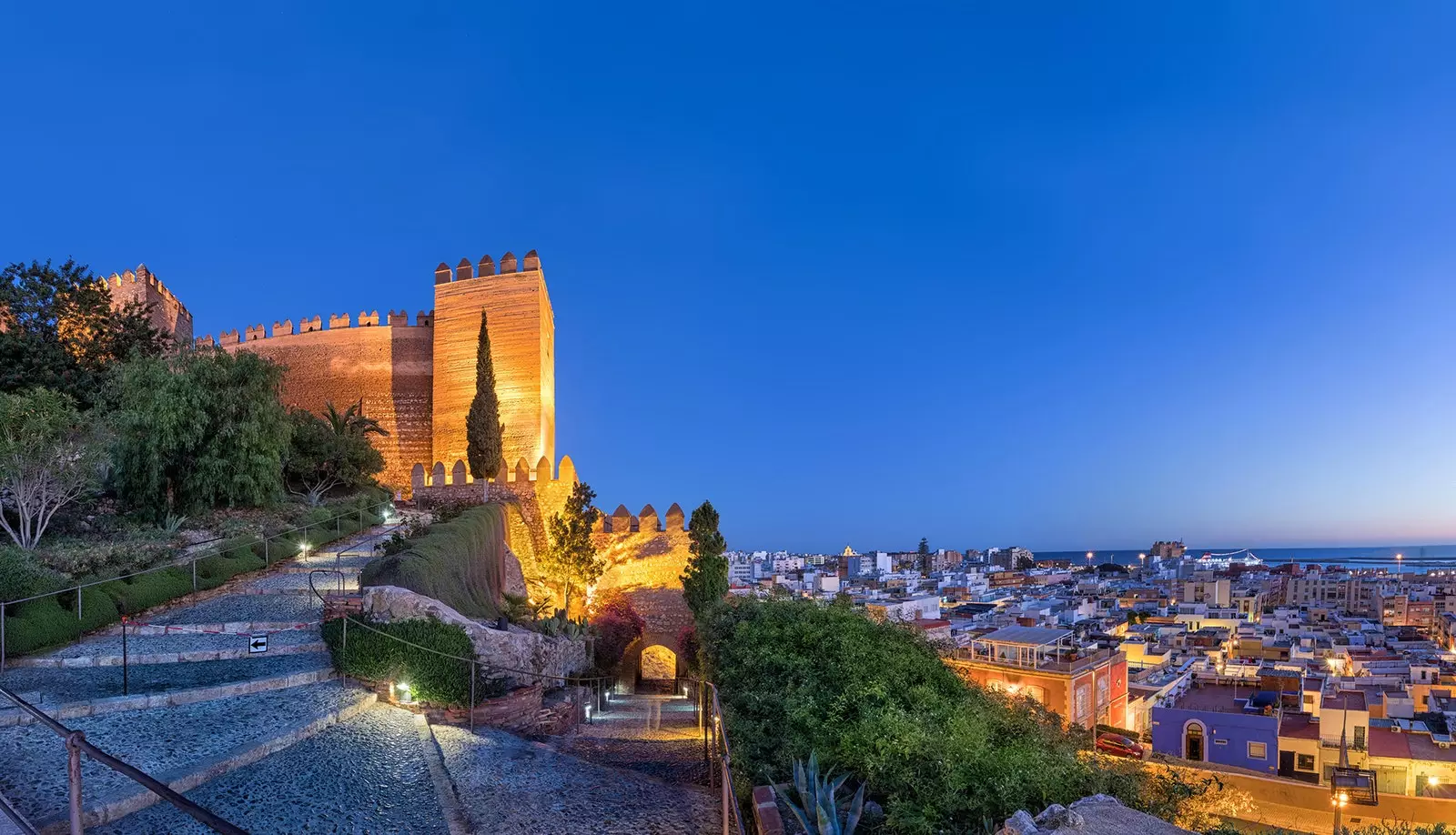
Almería for non-Almerian
If you go to the Google search engine and type “ Almeria es”, one of the first options to appear completes the sentence with the word “ugly”. “Almeria is ugly”. Or so some say.
Almeria residents of all generations have grown up carrying the irritating burden that we belong to that corner of the peninsula that the presenters of the time call “Eastern Andalusia” or “southeast peninsular”, as if it were a nameless land. A place that few are interested in and we have become (badly) accustomed to that fame. A reputation that has more of a repetitive mantra than reality.
A few years ago I took the exciting responsibility of showing, through my words, the curiosities of Almería. First as a tourist-cultural guide and, later, for purely emotional-affective reasons.
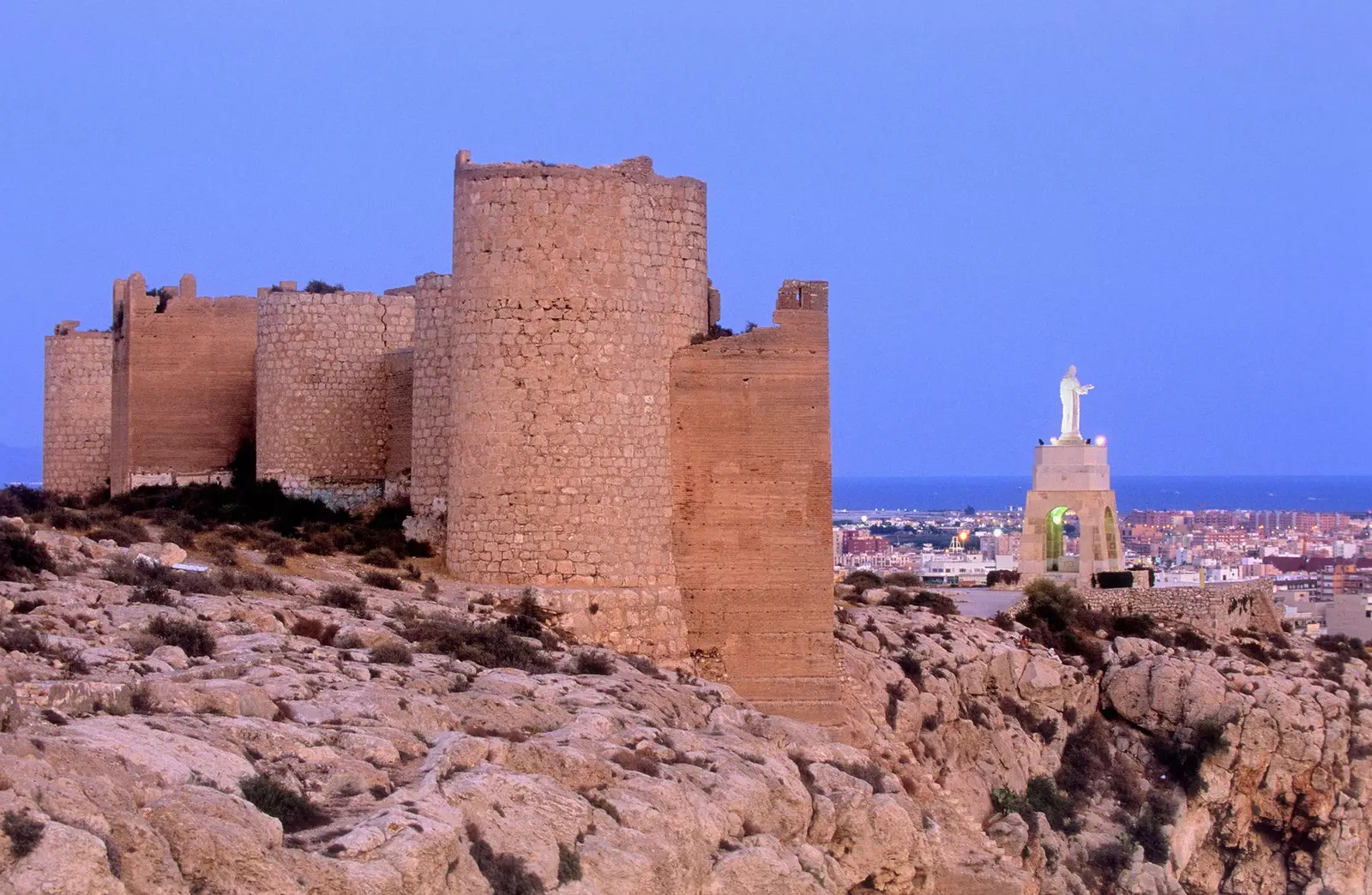
A short introductory course for first-timers in the city
I ended up becoming the person in charge of taking someone by the hand on their first walks around the city, dismantling prejudices and help me, too, to see Almería through the eyes of those who are looking at it, almost for the first time.
And that's how I found out how it could be a short introductory course for beginners in the city. An Almeria for non-Almerians.
First, as is often the case, Let's talk briefly about history.
Almeria. Al-Mariyyat Bayyana. It owes its name to Andalusian Arabic, whose literal translation is "the Pechina watchtower"
It was founded during the first half of the 10th century, but before that it passed through from Phoenicians to Byzantines. Muslim Almeria became a formidable city. The most influential and prosperous of the peninsula, after Córdoba , and one of the richest in the Islamic world. As cosmopolitan for its period as London is today.
From that time remains, crowning the city, the Alcazaba, being the largest of the citadels built by the Muslims in Spain. Game of Thrones fans may know it, too, as the capital of the kingdom of Dorne.
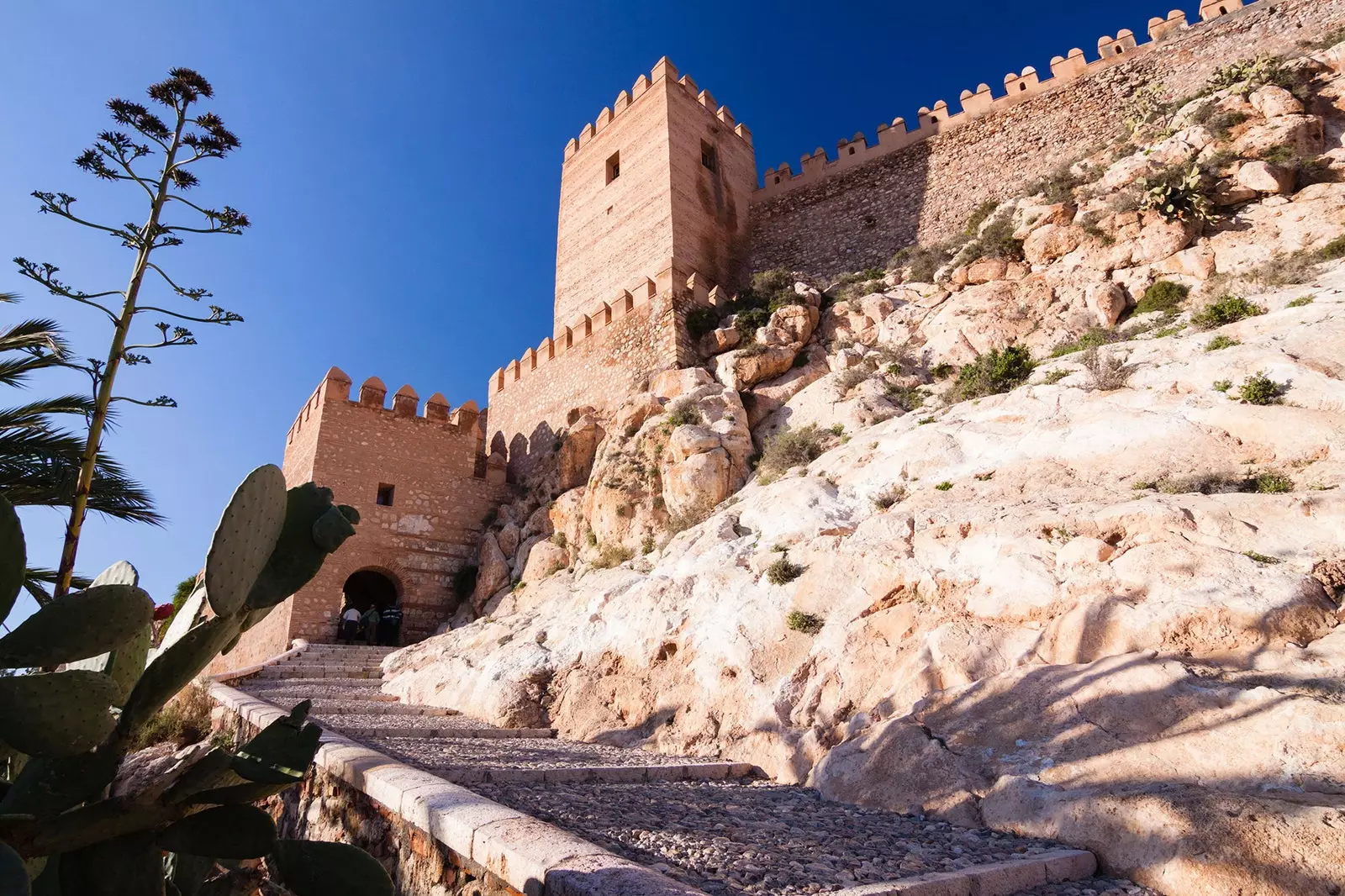
Where you see a citadel, they see Dorne territory
After the Castilian conquest and the devastating earthquake of 1522 that almost completely destroyed it, lost all that commercial, cultural and intellectual splendor which he enjoyed.
Between the 18th and 19th centuries, the city experienced a solid economic recovery thanks to the growth of agriculture, maritime trade and the construction of the port.
During the Civil War, he was the last Andalusian city to remain on the Republican side and a good account of this is given by the 4.5 kilometers of underground galleries that were built as anti-bombing shelters.
A memorable moment for many Almerian residents was the summer of 2005, when it became the Venue of the Mediterranean Games and the city underwent great changes.
As a practical class and with the intention of recalling, in some way, that Andalusian era, nothing better than a walk through the oldest neighborhood in Almería, the Almedina.
With a multitude of alleys and a great solera, the facades of some houses treasure large stone crosses that, in times past, served to mark the stations of the cross.
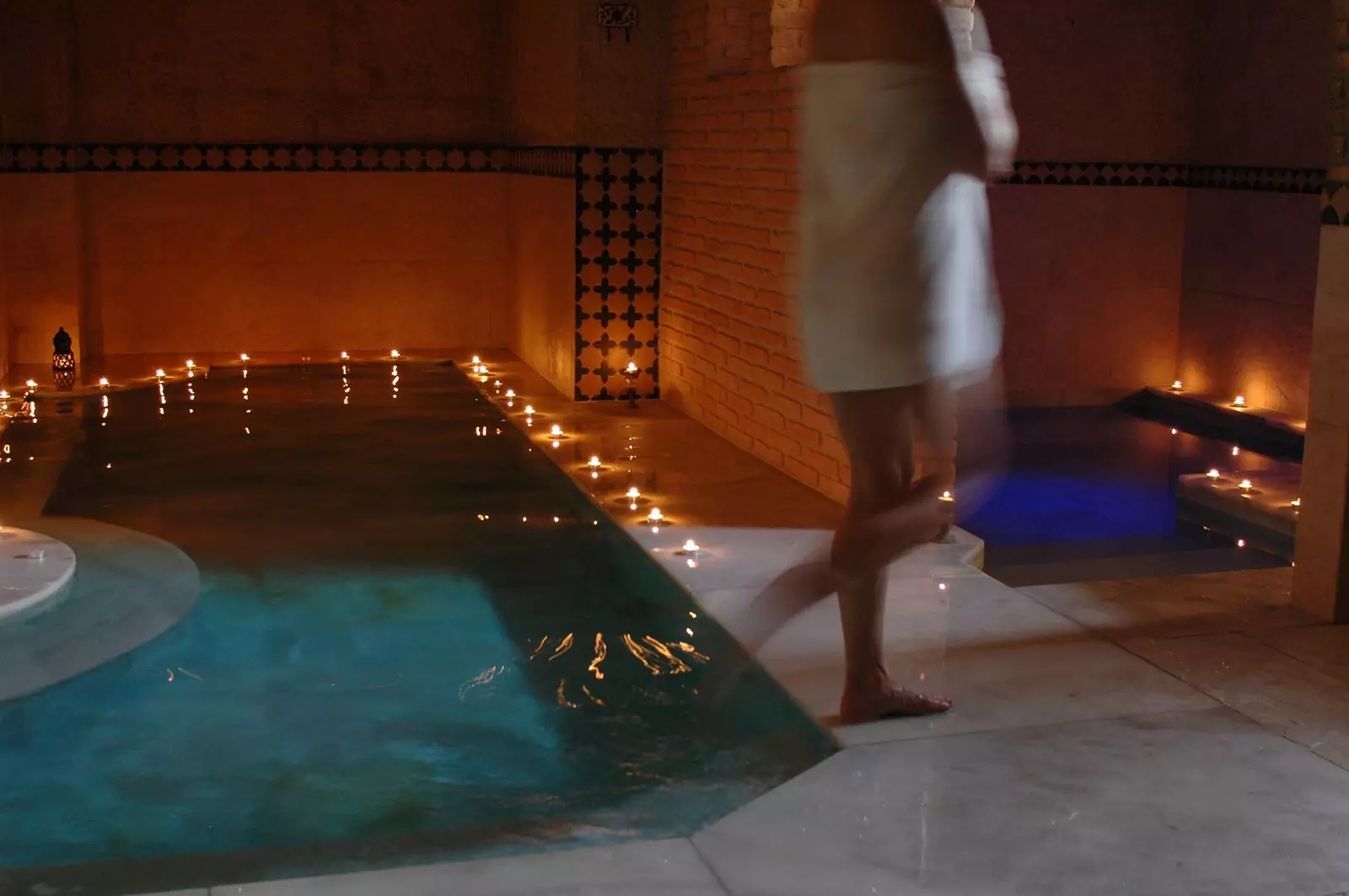
The perfect place for your relaxing time
A visit to the imposing Alcazaba and the church of San Juan, the former Great Mosque and, afterwards, a moment of relaxation in the Arab Baths Hammam Almeraya _(Calle Perea, 9) _, located in the Plaza Vieja.
And, to evoke the aromas and flavors of Muslim Almeria, the **Aljaima restaurant-teahouses** _(Calle Jovellanos, 12) _ and almedine _(Calle Paz, 2) _ will make that sensory journey to the past a little easier. The hard part will be choosing between one or the other.
As for the Andalusian spoken in Almería, the first-timer in these lands knows that, according to the Almerian speech dictionary , by Alfredo Leyva: “The Almerian uses the suffix 'ico' for his diminutives , inherited from the Aragonese settlers, to the detriment of the 'ito' (beautiful, stroller, kid) ”. /p>
So that do not believe the traveler who is on the ground, man when they talk to you about how beautiful La Rambla is with the Christmas tree or they suggest you go out for beers in the Center.
Go ahead, too, that when entering a bar and ordering a drink, the waiter will release that, which makes us so happy natives, of: "What do you want for a cover?"
There are certain customs without which the people of Almería do not know how to live, nor do they want to, nor accept to live. Although, for personal reasons, he has to do it far away, he will spend his life every day missing them and ranting at the rest of the places where things don't work that way.
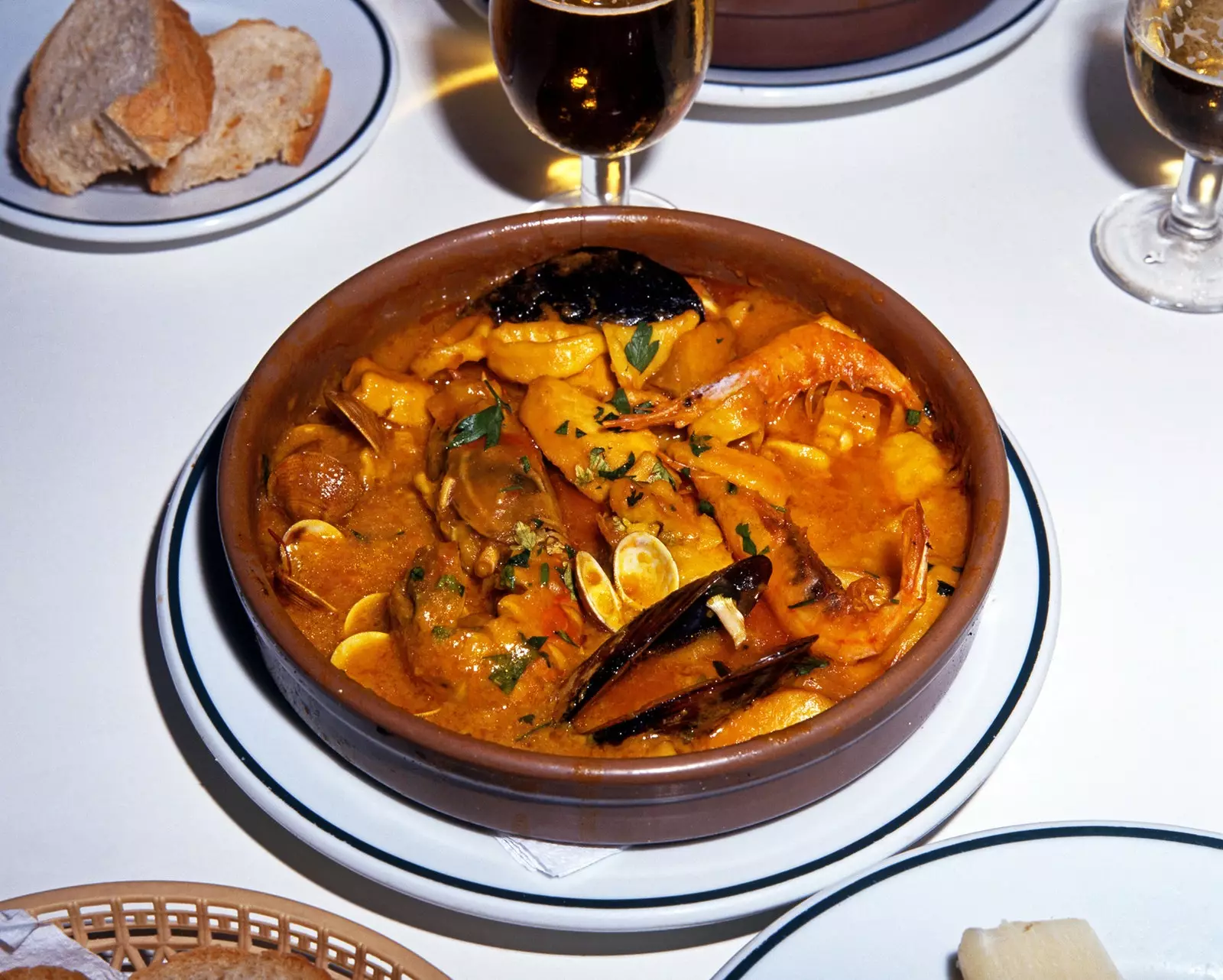
The lid comes standard. That's how it is
In the first place, that in practically all the bars have a tapa included in the price. Always. And, furthermore, you choose the one you want among the 'gazillions' that the menu offers.
Secondly, that ** 'rainy day, day of crumbs' .** If it rains three days in a row, in the houses of Almeria they will eat crumbs during those three days.
The tradition of 'if it rains, crumbs' ends up leaving many establishments in Almeria without wheat semolina flour, so Be quick when it comes to getting hold of supplies. If not, there is always the option of go down to the bar for a 'tapica' of crumbs. A curious and deep-rooted custom that the province shares with its Murcian neighbors, by the way.
But if there is a recipe of its own and native, not only from Almería, but from a specific establishment in the city, that's the 'american'.
No, it's not a coffee, the 'Americano' from Almeria is not a coffee. At least not for those of us who know this concoction of Amalia Kiosk _(Plaza Manuel Pérez García) _ and we consider it a essential part of gastronomic heritage popular in this land.
Hot milk, cinnamon, sugar, lemon peel and the secret touch of cola nut liqueur that, no matter how much you try to imitate at home, you can never match in flavor and color. A unique pink cocktail that It is only found in this well-known Almeria terrace.
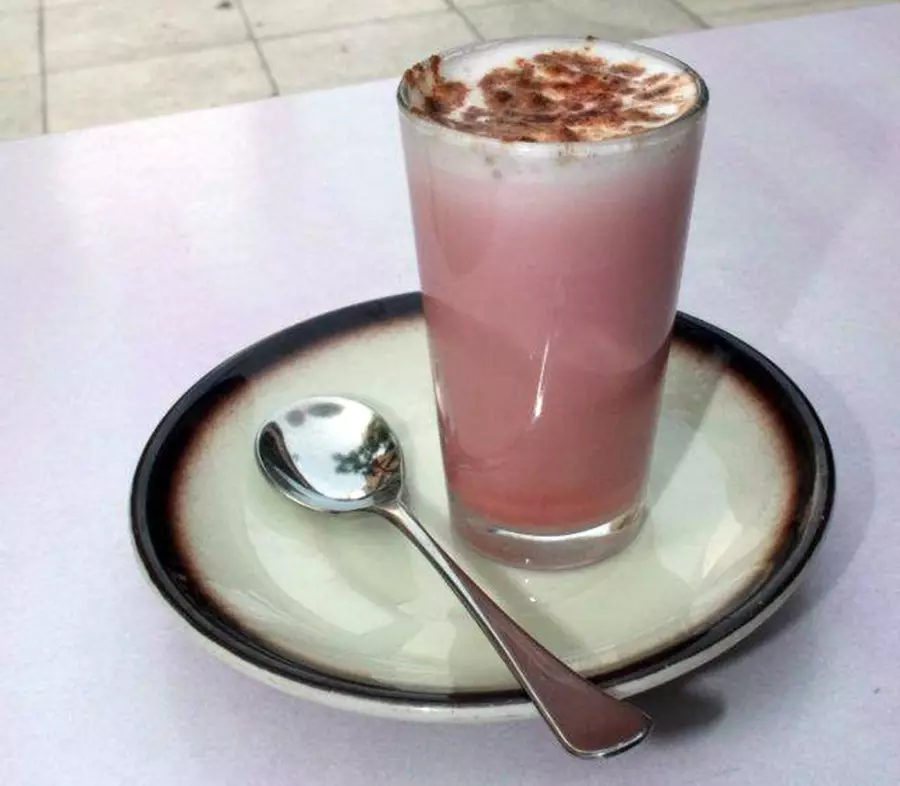
The 'American' was this
There is also a granita version for summer days, but it's not the same.
Its origin is said to date back to the 70's, when Western cinema turned Almería into a huge film set and, through it, great actors, actresses and directors walked.
The story goes that one of these actors, staying at the Hotel La Perla, located just opposite, ordered this drink and, since then, stayed there, forever, the recipe that the 'American' asked for.
Finally, the visitor must make at least one excursion.
Leaving the streets of the city and using the aforementioned world of cinema as a metaphor, the 'supernatural' Park area” of Cabo de Gata -which has more to do with agates than with cats- is the one who interprets, for a long time, the leading role of the Pretty Girl in the play Almería, where the sun spends the winter , with an inexhaustible success among critics and audiences.
It turns out that there is no other place in all of Europe where the star king shines for more number of hours a year. Almería is, without a doubt, his precious pampered 'nenica'.
Once this brief introductory course is finished, the traveler is free to continue their learning about Almería on their own, an immersion in the subject that I highly recommend if you want to know more and better about it, almost, unknown city and the wonders of its province.
The sun did it a long time ago and, since then, everyone who seeks it will find it warming and illuminating even the smallest corner of his favorite place to spend all the wintry days of his long existence.
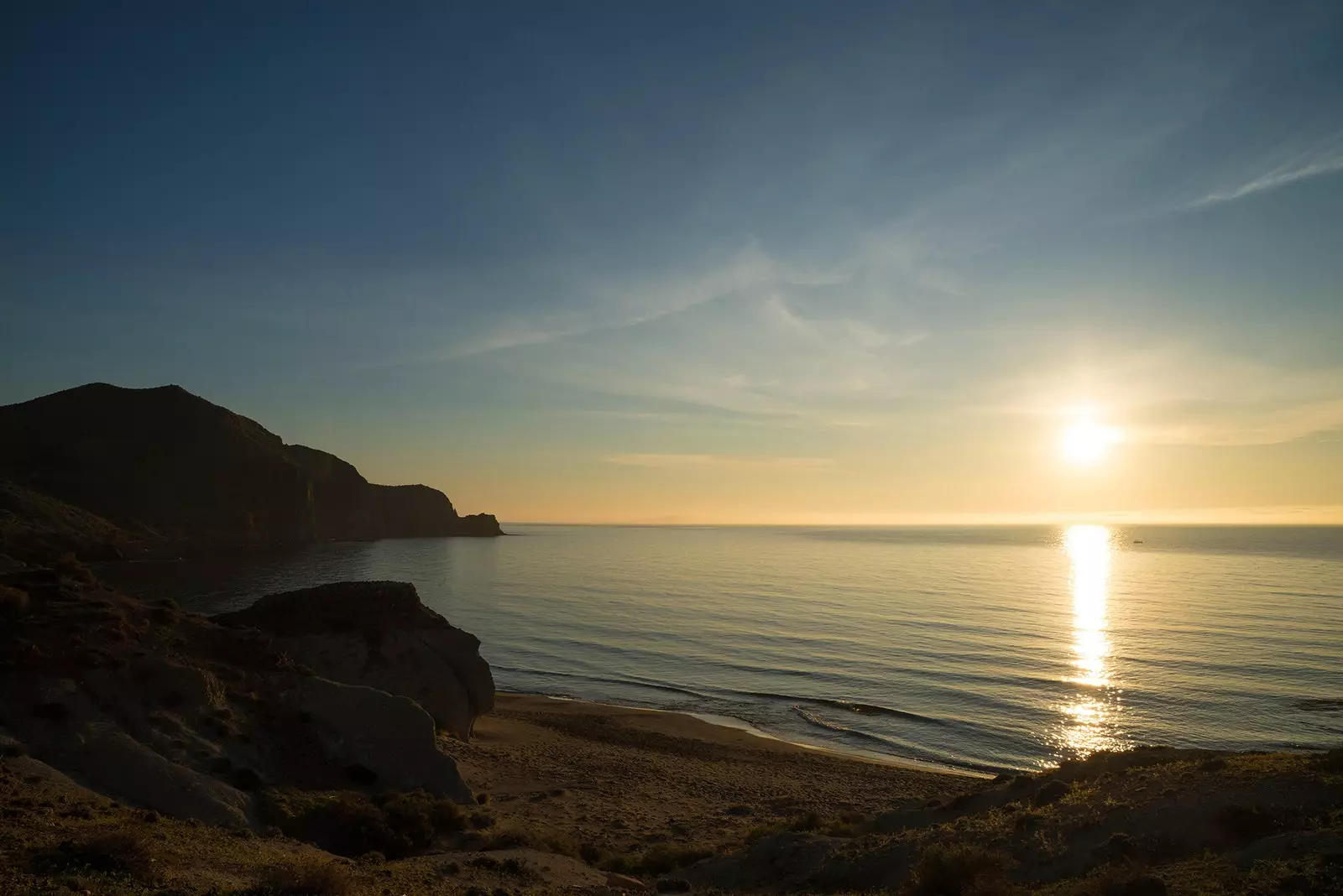
Cabo de Gata, the Pretty Girl of Almería
